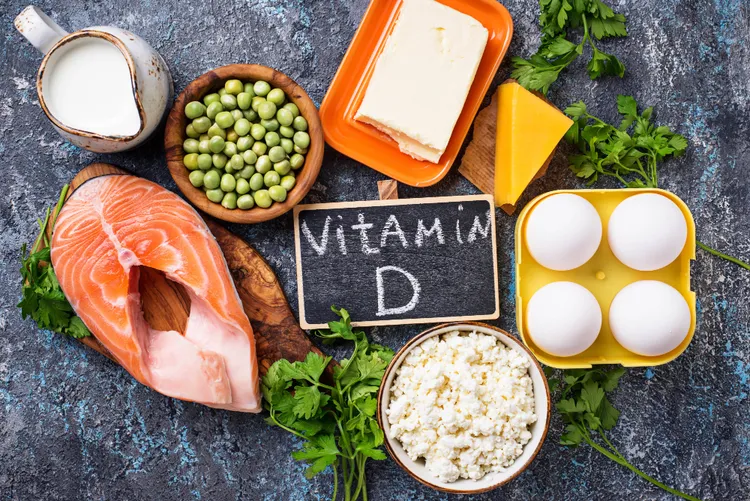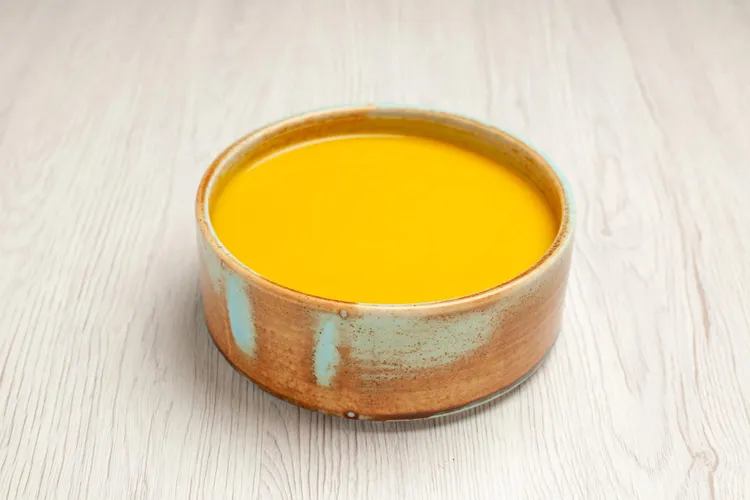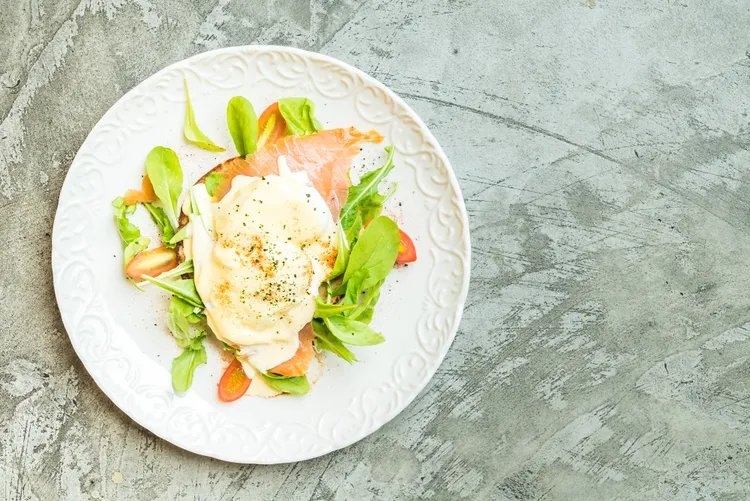Foods High in Vitamin D: Nourish Your Body With the Sunshine Vitamin
Vitamin D - often called the “sunshine vitamin” - is one of the most important and misunderstood nutrients out there. Known for supporting bone health, immune function, mood stability, and even disease prevention, vitamin D is a true powerhouse. Yet, despite its importance, over 1 billion people worldwide are estimated to have low levels of it. You might think sunlight alone is enough, but diet plays a crucial role - especially if you live in a cloudy climate, work indoors, or wear sunscreen (as we all should). Thankfully, there are delicious foods that can help you get the vitamin D your body craves.

What Is Vitamin D and Why Is It Important?
Vitamin D is a fat-soluble vitamin that functions more like a hormone in the body. It affects nearly every system in your body - including your bones, immune cells, and even your brain.
Key Functions of Vitamin D:
- Helps the body absorb calcium and phosphorus for strong bones and teeth
- Supports a healthy immune system
- Plays a role in mood and brain health
- May help prevent autoimmune conditions, osteoporosis, heart disease, and certain cancers
Vitamin D is produced in your skin when exposed to sunlight, but it’s also found in specific foods, either naturally or through fortification.
Signs You Might Be Deficient in Vitamin D
Vitamin D deficiency is incredibly common - especially in colder climates or during winter months.
Common symptoms include:
- Fatigue and low energy
- Bone or muscle pain
- Frequent colds and infections
- Depression or mood swings (especially seasonal affective disorder)
- Hair thinning
- Poor wound healing
- Weak immunity
- Bone loss or fractures
If these sound familiar, a blood test can confirm your vitamin D levels.
Top 12 Natural Food Sources of Vitamin D
Here’s a breakdown of the best natural and fortified foods to boost your vitamin D intake.
- Cod Liver Oil
- Vitamin D: ~1,360 IU per tablespoon (over 200% RDA!)
- Also high in vitamin A and omega-3 fatty acids
- Can be taken in capsules or liquid form
- Fatty Fish (Salmon, Mackerel, Sardines, Tuna)
- Wild salmon: ~600-1,000 IU per 3 oz
- Canned sardines: ~270 IU per 2 sardines
- Canned tuna: ~230 IU per 3 oz
- Fatty fish are not only rich in vitamin D, but also protein and heart-healthy fats
- Egg Yolks
- Vitamin D: ~40-50 IU per yolk
- Pasture-raised or vitamin D-enriched eggs may contain more
- A versatile, budget-friendly option for daily intake
- Beef Liver
- Vitamin D: ~50 IU per 3 oz
- Also provides vitamin A, iron, and B12
- Best eaten in moderation due to high vitamin A content
- Cheese (especially Ricotta and Swiss)
- Vitamin D: ~6-10 IU per ounce
- While not a high source, cheese contributes modest amounts
- Ricotta contains slightly more D than other cheeses
- Mushrooms (UV-exposed varieties)
- Vitamin D2: ~400-500 IU per cup (raw, UV-treated)
- Only plant-based source of vitamin D (in the form of D2, less bioavailable than D3)
- Check for “UV-exposed” on the label - regular mushrooms don’t contain D
Top Fortified Foods With Vitamin D
Fortified foods are crucial for those who don’t consume fish or animal products. Here's what to look for:
- Fortified Milk (Dairy & Plant-Based)
- Vitamin D: ~100 IU per 1 cup
- Includes cow’s milk, almond milk, soy milk, oat milk (check labels)
- Fortified Orange Juice
- Vitamin D: ~100 IU per 1 cup
- Great option for breakfast, especially for vegetarians
- Fortified Breakfast Cereals
- Vitamin D: ~40-100 IU per serving
- Combine with fortified milk for a D-boosted meal
- Check the label - some brands offer 10-20% of your daily need
- Fortified Yogurt
- Vitamin D: ~80-120 IU per container
- Also offers calcium and probiotics for gut health
- Fortified Tofu & Soy Products
- Vitamin D: ~80-100 IU per 3-4 oz
- Ideal for vegan or plant-based diets
- Fortified Margarine or Spreads
- Vitamin D: ~60-100 IU per tablespoon
- Be mindful of added oils or trans fats - choose healthier brands
Tips to Boost Vitamin D Naturally
In addition to eating vitamin D-rich foods, here are a few simple ways to optimize your levels:
1. Get Sensible Sun Exposure
- Aim for 10–20 minutes of direct sun on face/arms a few times a week (without sunscreen)
- UVB rays help synthesize vitamin D - but cloud cover, skin tone, age, and latitude all impact production
2. Consider a Supplement
- Vitamin D3 (cholecalciferol) is more bioavailable than D2
- Dosages range from 1,000 - 5,000 IU, but consult your doctor for personalized advice
3. Pair Vitamin D with Healthy Fats
- Since it’s fat-soluble, absorb more by eating vitamin D foods with avocado, olive oil, nuts, or fatty fish
Vitamin D Is Essential - And Easy to Get With the Right Foods
Vitamin D isn’t just about bones - it’s about total health: immunity, energy, hormones, and mood.
While sunshine plays a key role, your diet can fill in the gaps - especially in winter, during cloudy days, or if you wear SPF (which blocks D synthesis).
To Recap:
- Fatty fish, eggs, liver, and fortified foods are your best dietary sources
- UV-exposed mushrooms are a great plant-based option
- Supplement wisely if you’re at risk for deficiency
- Eat D-rich foods with fat for better absorption
- Don’t forget regular sunlight and blood testing if concerned









